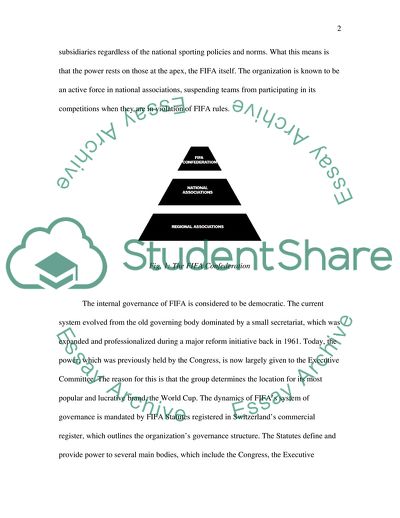Cite this document
(FIFA System of Governance Assignment Example | Topics and Well Written Essays - 2000 words, n.d.)
FIFA System of Governance Assignment Example | Topics and Well Written Essays - 2000 words. https://studentshare.org/politics/1764394-critically-evaluate-the-strengths-and-weaknesses-of-fifas-system-of-governance
FIFA System of Governance Assignment Example | Topics and Well Written Essays - 2000 words. https://studentshare.org/politics/1764394-critically-evaluate-the-strengths-and-weaknesses-of-fifas-system-of-governance
(FIFA System of Governance Assignment Example | Topics and Well Written Essays - 2000 Words)
FIFA System of Governance Assignment Example | Topics and Well Written Essays - 2000 Words. https://studentshare.org/politics/1764394-critically-evaluate-the-strengths-and-weaknesses-of-fifas-system-of-governance.
FIFA System of Governance Assignment Example | Topics and Well Written Essays - 2000 Words. https://studentshare.org/politics/1764394-critically-evaluate-the-strengths-and-weaknesses-of-fifas-system-of-governance.
“FIFA System of Governance Assignment Example | Topics and Well Written Essays - 2000 Words”. https://studentshare.org/politics/1764394-critically-evaluate-the-strengths-and-weaknesses-of-fifas-system-of-governance.


